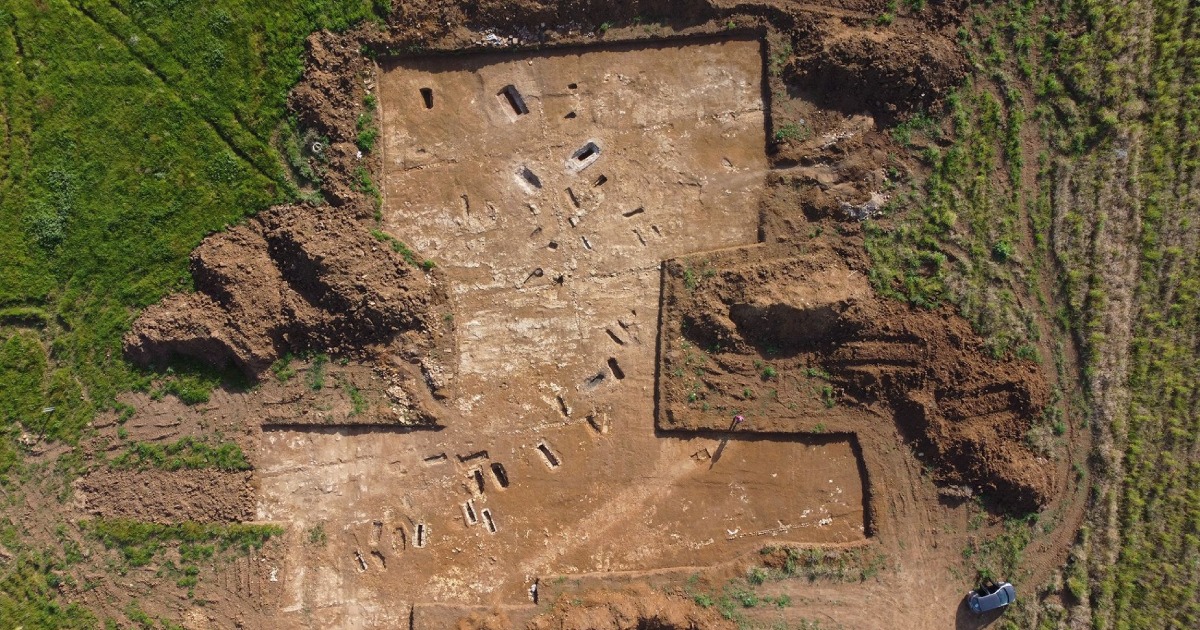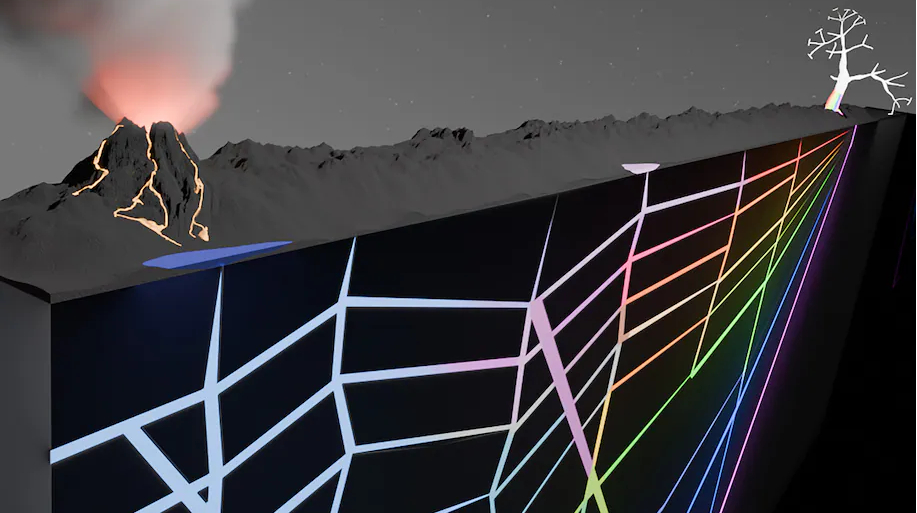Skeletons with gold jewelry and leather shoes were discovered in Italy. PHOTO

Not far from the ancient city of Tarquinia, north of Rome (Italy), archaeologists discovered an ancient Roman necropolis. There, 67 people were buried in 57 tombs.
The find dates back to the period between the II and IV centuries. The researchers were most surprised by the fact that the skeletons were found with gold jewelry and expensive leather shoes, and their tombs resembled houses, writes CNN.
Alongside the gold necklaces and earrings lay silver rings with amber engraved with initials. Archaeologists also found precious stones, terracotta ceramics, coins, shiny glasses, amulets and clothes there.
“We also found several skeletons in stockings and shoes. All these factors lead us to believe that they were not local farmers, but members of urban Roman families“, said Emanuele Giannini, a leading archaeologist who worked on the excavation.
| Archaeologists discovered an ancient Roman necropolis |
He emphasizes that the scope of the discovery is “unparalleled”.
“We did not think that there could be any treasure here, as historical sources only mentioned the location of a post office for travelers not far from this place. Many Romans stopped here for the night to eat and rest“, explained Giannini.
The variety of funerary objects found near the remains, as well as the lavish designs and linings inside the tombs, have led archaeologists to believe that the Romans intended to recreate “heavenly spaces similar to their earthly homes”. The tombs were covered with tiles.
 |
| The scale of discovery is “unparalleled” |
Scientists were also struck by the fact that most of the discovered tombs were shared – they were built for at least two people, who probably had family ties. Several skeletons were also found, coiled together, the archaeologist added.
 |
| ALL PHOTOS: Emanuele Giannini |
The tombs are located at a depth of only 50 centimeters below the surface of the earth, but no one noticed them before.
“The unique site is well-preserved because “huge limestone blocks jutting out of the ground made it impossible to plough, sow or any other methods of modern agriculture in the area. Thanks to this, the tombs remained untouched for centuries“, explained Giannini.
Some of the finds are on display at the Castle of Santa Severa in the coastal town of Santa Marinella in Italy. Other skeletons will not be on public display until forensic examinations are completed.
Read also: It took more than 100 years: scientists deciphered the mysterious inscription on the ancient sphinx











